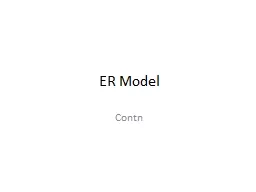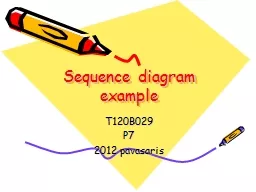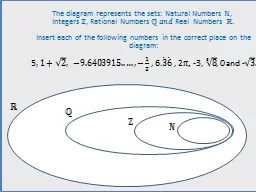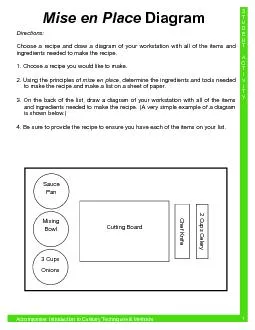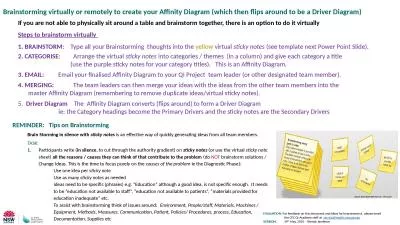PPT-ER Model Contn DEVELOPING AN ER DIAGRAM
Author : yoshiko-marsland | Published Date : 2018-11-21
The process of database design is an iterative rather than a linear or sequential process The verb iterate means to do again or repeatedly An iterative process
Presentation Embed Code
Download Presentation
Download Presentation The PPT/PDF document "ER Model Contn DEVELOPING AN ER DIAGRAM" is the property of its rightful owner. Permission is granted to download and print the materials on this website for personal, non-commercial use only, and to display it on your personal computer provided you do not modify the materials and that you retain all copyright notices contained in the materials. By downloading content from our website, you accept the terms of this agreement.
ER Model Contn DEVELOPING AN ER DIAGRAM: Transcript
Download Rules Of Document
"ER Model Contn DEVELOPING AN ER DIAGRAM"The content belongs to its owner. You may download and print it for personal use, without modification, and keep all copyright notices. By downloading, you agree to these terms.
Related Documents

